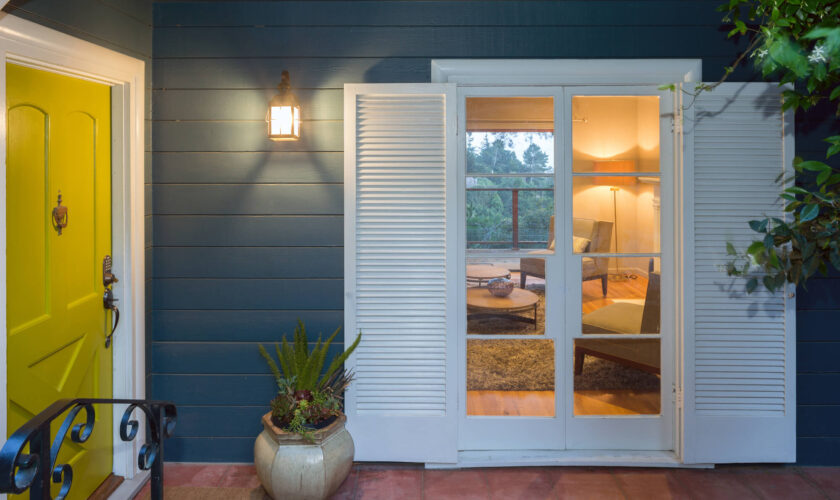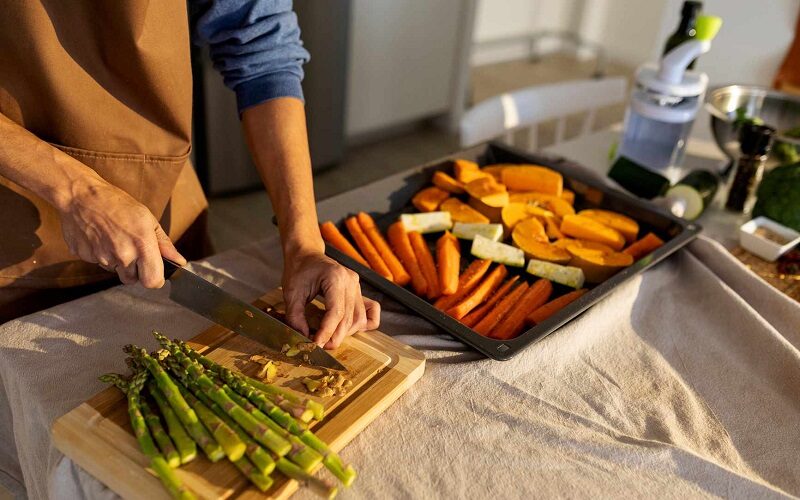You must be wondering about the history of shutters or blinds, what made people install such things in their homes, why they are still used today, and what their purpose is. We asked Barry Brown, owner of a shutters in Kent company, who had lots of interesting facts to tell us about window shutters.
It is believed that the first shutters that were made, originate from Ancient Greece. The purpose of making them and placing them on the windows was to protect the interior of the home from outside light, better ventilation in the home, and protection in the hot summer days. The first shutters made for house windows in Greece were made of marble.
This trend slowly spread across the Mediterranean, Spain, and Italy and slowly began to spread to the rest of the world through the migration of colonies. Of course, the primary purpose of the shutters was protection from outside light and ventilation, but over time, people began to use them as a decorative tool to make the home more beautiful from the outside. Also, they used them to protect the privacy of the home from the prying eyes of neighbours and strangers.
There is also a story about Louis XIV involving shutters, which takes place in 17th-century France. Namely, Louis XIV loved to spend time in the countryside at his castle in Versailles, and one of his favourite activities was to enjoy the view of the beautiful ladies bathing in the ponds in his garden at Versailles Castle. But the pretty girls not only caught his eye but also the castle guards’ eye. Louis did not like this fact at all. So he decided to enclose the garden where the ponds were with movable shutters, limiting the guards’ visual view inside and giving them more privacy.
Imagine the windows of your home as the eyes of the face; aesthetically, they are the most beautiful thing that adorns the face and help us to have a stunning view of the world. That is why we must protect them from any external influences. Thus, the home’s windows, with the help of the shutters, protect the interior from various insects, too much light and heat, and from the eyes of strangers. Over time, people began to adjust the shutters to suit their needs. They made a type used for the outside of the house’s windows and shutters that can be mounted on the inside.
Are you planning to renovate your home, or do you not like the simplicity of the look? It seems too ordinary and boring. You want to bring in a little magic and life. Fortunately, it takes a lot of investment and effort to achieve this. If you are thinking about choosing the right style of shutters for your home, keep reading this article; we will do our best to help you. As you know, there are primary indoor and outdoor shutter divisions, but when it comes to the style you should choose, your choice can be expanded because of more styles. Of course, the materials they are made have a wide range: wood, vinyl, faux wood, synthetic foam, etc. Let’s see what types of shutters there are:
Louvered window shutters. This type is widespread in many directions in architecture and is perhaps the most widely used of any type. What do they look like? The frames are composed of several horizontal slats that are overlapped. How to choose the ideal colour, is too easy; if the facade of your house is any shade of white, for the shutters, you will choose as dark a colour as possible, so they can stand out. Or if the facade is darker, the shutters should be lighter.
Raised Panel. These are usually made of wooden components, similar to kitchen cabinets. In addition to wood, they can also be made of vinyl and composite. Like the previous type, you need to contrast the colours to make them better expressed. They are used in many architectural styles, such as Victorian, Ranch, Colonial, French Country, and Greek Revival.
Board and Batten (BnB). If you like this style, it is too simple and rustic. It is widespread in Mediterranean and French Country-style houses. As the term says, it is composed of several boards arranged vertically and joined horizontally or diagonally in the frame with another piece. It is best to choose a natural wood colour.
Thanks to their robust construction, Bahama shutters are primarily used in places prone to hurricane attacks. They are the same as the first type, i.e., louvred shutters, but the difference is that they are fixed at the top of the window instead of on the sides. They are strong enough to withstand strong winds and heavy rains. If you own a house in a place where such weather occurs too often, then this is an ideal choice for you.
Cut-Out Shutters. This is, in my opinion, the most fun type of blinds. Where do the raised panel, board, and batten type meet? do you know where the fun is? You can make a hole in the shape you want in the centre, at the top or bottom of the frame. There are hundreds of templates to choose from, such as a heart shape, a diamond, a tree, any kind of animal, an anchor, or a cross; it’s up to you to decide.
Plantation shutters. You have probably seen them in movies in South America, where they grow cotton, coffee, and sugar cane. Each farm has this type of blind, which, by the way, got its name from those plantations. They are very functional because they have wide louvres that are easy to use and clean.
I’m sure you will not go wrong with whichever type you choose because each one is unique. But if you are still hesitant about the choice, I recommend you visit this website, because they offer a wide selection of plantation shutters in the Newcastle Upon tyne area, regardless of size, colour, or purpose. Whether it is interior or exterior, for a kitchen or bedroom, or if you need blinds for windows or doors, you will go to the right place because they will answer every question you have.



